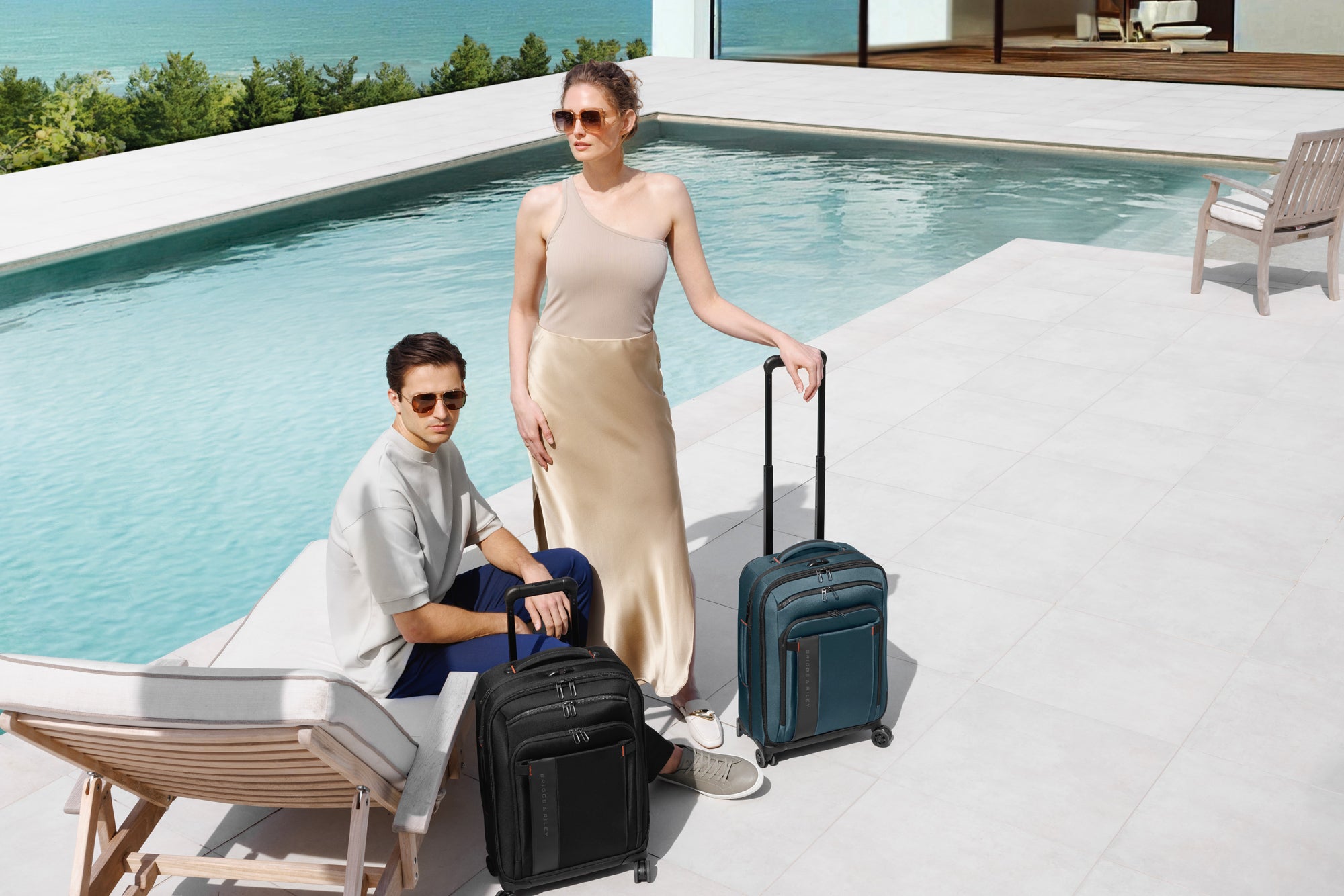What Is The Difference Between An Adapter and A Converter

Many people wonder, 'what is the difference between an adapter and a converter?' and 'do i need an adapter or a converter or both for my trip?' Chances are, if you are traveling to a foreign country, you will need an adapter plug to charge your phone and power up your laptop.
ADAPTER: An adapter changes the plug configuration so your US power plugs fit into the wall socket in the foreign country you are visiting.
CONVERTER: A converter changes the voltage of the electricity to match the voltage requirements of your NON DUAL VOLTAGE device when visiting a foreign country. If all your appliances are dual voltage, you don't need to pack a converter.
When traveling to most countries outside the United States, you'll likely need a travel adapter to plug your electronic devices, phone, tablet, earbuds, laptop, blowdryer, into the wall outlets. The shape and configuration of U.S. plugs are different from those used in many other countries. United States power plugs have two flat pins, and while US power plugs fit perfectly into US wall outlets, US plugs will not fit into foreign wall outlets, such as wall outlets in the United Kingdom. You will need a travel adapter plug to be able to plug your electronics into wall outlets in the United Kingdom and around the world.
Not sure which adapter you will need for your trip abroad? Use Going In Style's adapter and converter finder to find the adapter and converter you need for your trip.
'Now that I have my adapter plug, do I still need a converter?' The United States operates on 110-120 volt electricity while many foreign countries, such as France, operate on 230 volt electricity. If your appliances are NOT dual voltage, this difference in electricity can damage and blow out appliances such as your hair dryer.
Most electronics (iPhone, Samsung Galaxy Phone, iPad, Kindle) on the market today ARE dual voltage and do not require a converter. Smartphones, e-readers, tablets and many laptops are dual voltage. ALWAYS CHECK TO MAKE SURE YOUR ELECTRONICS AND APPLIANCES ARE DUAL VOLTAGE before leaving for your trip.
Do check to see if your hair dryer or other appliance is dual voltage, there should be a label on your hair dryer that either says 110 - 120 volts (which would not be dual voltage) or 110 volts - 240 volts (which would be dual voltage). If your hair dryer says the later, then it IS DUAL VOLTAGE and will work in foreign countries that run on different voltage, such as France.
If you hair dryer is NOT DUAL VOLTAGE then you will either need to purchase a travel hair dryer that is dual voltage or purchase a converter. In the case that your hair dryer is not dual voltage, Going In Style usually recommends purchasing a hair dryer made specifically for travel, such as the Conair 1600 Watt Dual Voltage Travel Blow Dryer. Converters can be heavy and bulky and take up unnecessary room in your luggage when you are trying to pack light. A travel hair dryer will usually be compact, lightweight and sometimes foldable, and quite easy to pack in your suitcase.
In summary, if you are traveling to a foreign country, you will most likely need to bring along an adapter. However, you only need a converter if your appliances are not dual voltage and not compatible with the electricity in your destination country. You can avoid packing a converter by making sure all your appliances are dual voltage before you leave for your trip.
See chart of Adapters and Converters listed by country.

















